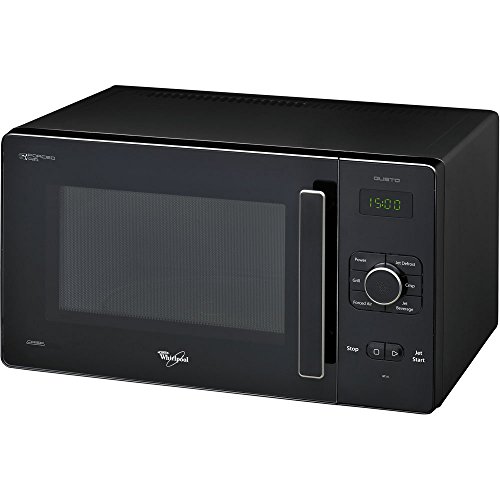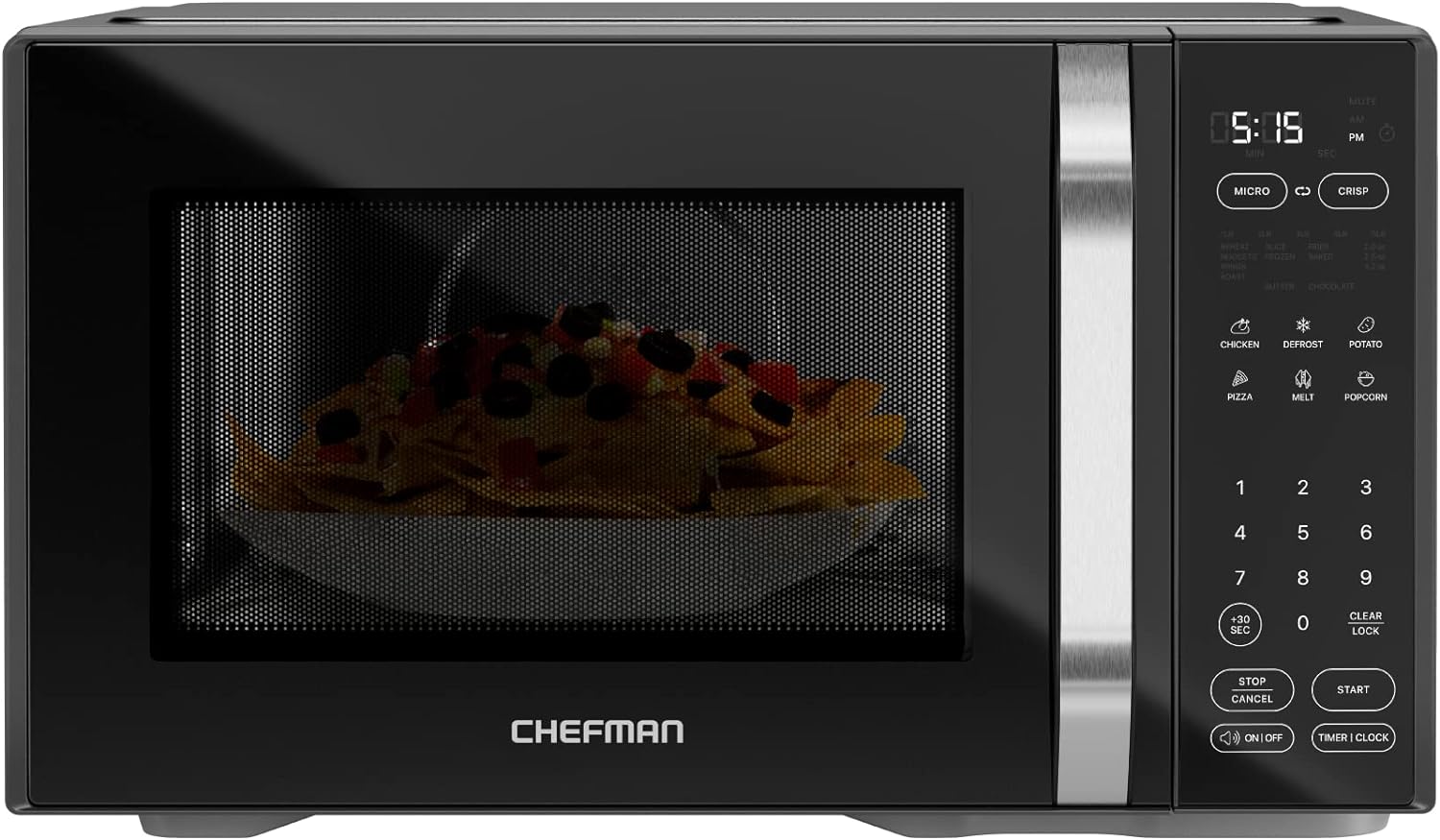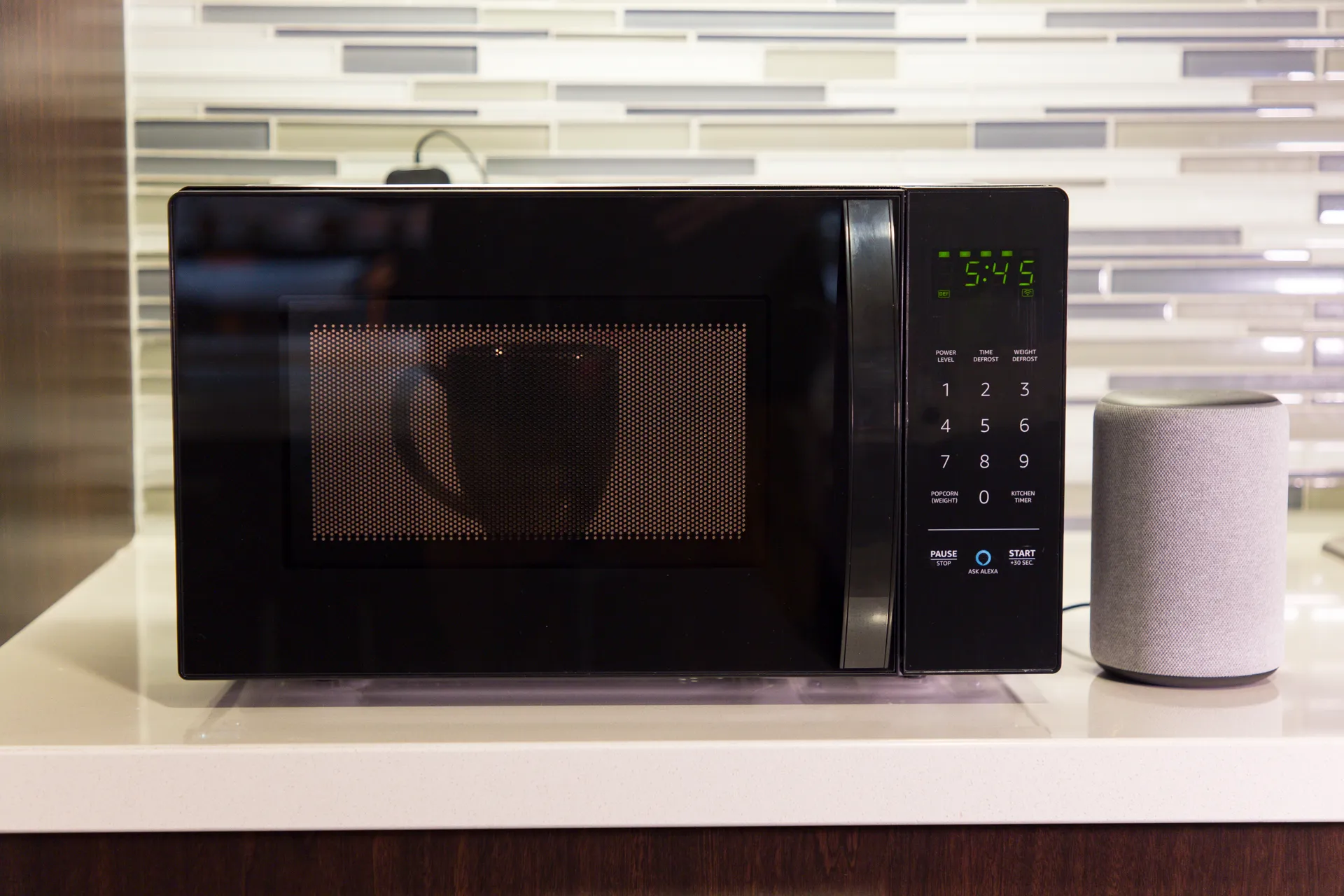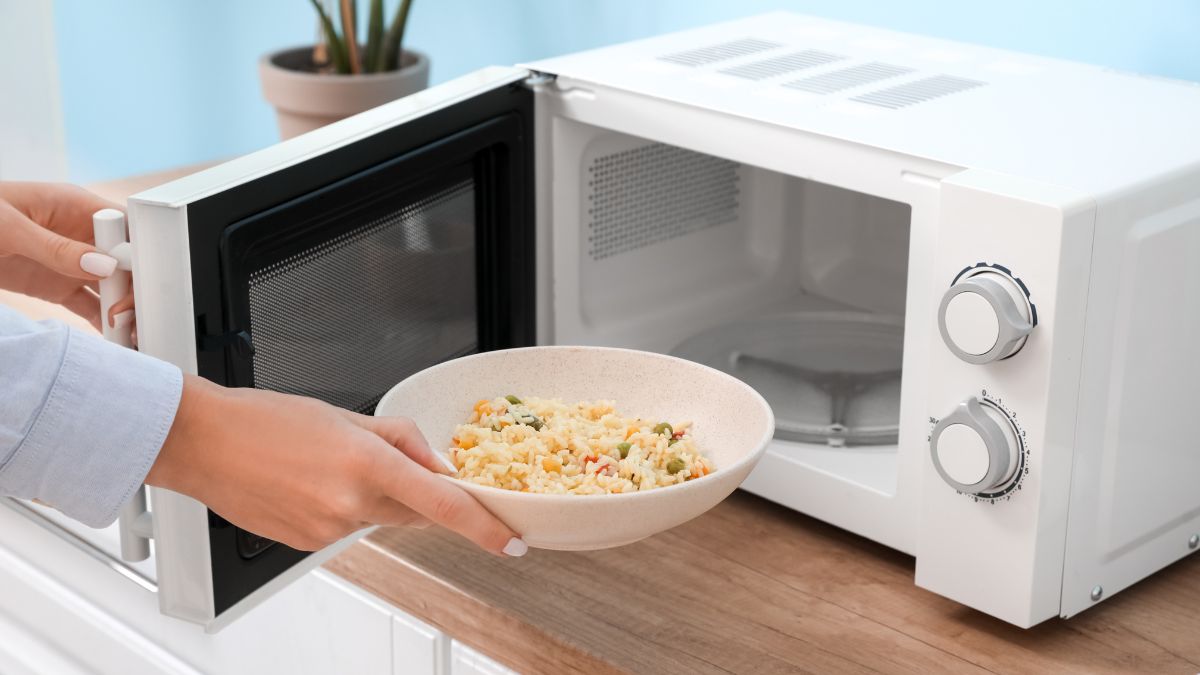Introduction:
Microwave ovens have become a staple in many kitchens, providing convenience and efficiency in cooking and reheating food. However, like any appliance, microwave ovens can encounter various problems that can affect their performance and functionality. In this article, we will explore some common problems that users may encounter when using a microwave oven. Understanding these issues can help users troubleshoot and address them effectively, ensuring optimal performance and safety.

What problems do you encounter when using a microwave oven?
Microwave Not Heating Food Properly:
One of the most common problems encountered with microwave ovens is when the appliance fails to heat food properly. This can be frustrating, as it defeats the purpose of using a microwave for quick and efficient cooking. There are several potential causes for this issue, including:
Inadequate power settings: Check that the microwave is set to the appropriate power level for the desired cooking time. Lower power settings may result in uneven heating or longer cooking times.
Faulty magnetron: The magnetron is the component responsible for generating the microwaves that heat the food. If it malfunctions, the microwave may not heat food adequately. In this case, professional repair or replacement of the magnetron may be necessary.
Incorrect placement: Ensure that the food is placed in the center of the microwave and not too close to the sides or back of the oven. Uneven placement can result in uneven heating.
Microwave Not Turning On or Displaying Power:
Another common issue users may encounter is the microwave oven not turning on or displaying any power. This can be caused by various factors, including:
Power supply issues: Check that the microwave is properly plugged into a functioning power outlet. Ensure there is no tripped circuit breaker or blown fuse that could be interrupting the power supply.
Malfunctioning control panel or keypad: If the control panel or keypad is faulty or unresponsive, the microwave may not turn on or display any power. Cleaning the control panel or performing a reset may help resolve this issue. However, if the problem persists, professional repair may be necessary.
Faulty door switch: The door switch is a safety feature that prevents the microwave from operating when the door is open. If the door switch is faulty or misaligned, it may prevent the microwave from turning on. The door switch may require adjustment or replacement.

Sparks or Arcing Inside the Microwave:
Sparks or arcing inside the microwave can be alarming and indicate a potential issue. This can be caused by several factors, including:
Metallic or reflective objects: Metallic or foil-lined containers, aluminum foil, and certain types of dishware can cause sparks or arcing inside the microwave oven. Ensure that only microwave-safe, non-metallic containers and utensils are used.
Food residue or splatters: Food residue or splatters left inside the microwave can cause sparks when heated. Regular cleaning and wiping of the interior can help prevent this issue.
Damaged or worn-out interior: If the interior of the microwave is damaged, with peeling or chipped paint, it can lead to sparks or arcing. In such cases, professional inspection and repair may be necessary to ensure safe operation.
Unusual Noises or Vibrations:
Unusual noises or vibrations coming from the microwave can be a cause for concern. Some potential reasons for these issues include:
Loose or misaligned parts: Vibrations or rattling noises may occur if certain parts of the microwave, such as the turntable or tray, are loose or misaligned. Ensure that these components are properly installed and secured.
Damaged or worn-out components: Over time, certain components of the microwave, such as the turntable motor or cooling fan, may become worn out or damaged, resulting in abnormal noises or vibrations. Professional inspection and repair may be necessary in such cases.
Foreign objects or debris: Occasionally, foreign objects or debris can find their way into the microwave and cause unusual noises or vibrations. Check the interior of the microwave for any foreign objects and remove them if found.

Microwave Overheating or Shutting Down:
Microwaves are designed with built-in safety features to prevent overheating and protect against potential hazards. However, if a microwave is overheating or shutting down unexpectedly, consider the following factors:
Blocked vents or air circulation: Ensure that the vents of the microwave are not obstructed by food debris or other objects. Proper ventilation and airflow are crucial to prevent overheating.
Excessive use or high-power settings: Extended periods of continuous use or operating the microwave at high power levels can cause it to overheat. Allow the microwave to cool down before using it again, and adjust power settings as necessary.
Malfunctioning temperature sensors or thermostats: The temperature sensors or thermostats in the microwave may be faulty, resulting in inaccurate temperature readings or premature shutting down. Professional repair or replacement may be necessary.
Door Issues:
Problems with the microwave door can also arise, potentially affecting its proper functioning and safety. Some common door-related issues include:
Difficulty in opening or closing: If the microwave door becomes difficult to open or close, it may be due to misalignment or debris obstructing the door mechanism. Clean the door and surrounding area, ensuring there are no obstructions and that the door aligns properly with the microwave body.
Door not latching or sealing properly: A microwave door that does not latch or seal correctly can result in heat loss and inefficient cooking. Check for any damage or misalignment in the door latch or gasket and consider replacing them if necessary. Properly sealing the door ensures optimal cooking performance and prevents potential safety hazards.
Faulty door switches: Microwave ovens have multiple door switches that must engage properly for the microwave to operate. If the door switches are faulty or out of alignment, the microwave may not function or may display error codes.

Control Panel or Display Problems:
Issues with the control panel or display can affect the microwave’s usability and functionality. Some problems associated with the control panel and display include:
Unresponsive buttons or keypad: If the buttons or keypad on the control panel do not respond or require excessive pressure to register, it may indicate a faulty control panel or keypad. Cleaning the control panel or performing a reset may help, but if the issue persists, professional repair may be necessary.
Flickering or dim display: A flickering or dim display can make it difficult to read the microwave’s settings and timer. This can be due to a faulty display panel or a loose connection. Professional inspection and repair may be required to address the issue.
Error codes or error messages: Microwave ovens may display error codes or messages when a malfunction is detected. These codes or messages can provide valuable information about the specific problem. Consult the user manual or contact customer support to troubleshoot the specific error code and take appropriate action.
Electrical or Power Issues:
Some microwave problems can be attributed to electrical or power-related issues. These can include:
Power surges or fluctuations: Power surges or fluctuations can damage the microwave’s internal components, leading to malfunctions. Using a surge protector or voltage stabilizer can help protect the microwave from electrical disturbances.
Tripped circuit breaker or blown fuse: A tripped circuit breaker or blown fuse can cause the microwave to lose power or fail to turn on. Check the electrical panel for any tripped breakers or blown fuses and reset or replace them as necessary.
Wiring or cord damage: Damaged or frayed electrical wiring or power cords can pose safety risks and affect the microwave’s operation. If there is visible damage to the wiring or cord, it is crucial to have it repaired or replaced by a qualified professional to ensure safe usage.

Conclusion:
While microwave ovens offer convenience and efficiency, users may encounter various problems during their use. Issues such as improper heating, power supply problems, sparks or arcing, unusual noises or vibrations, uneven cooking or heating, and overheating can occur. By understanding these common problems and their potential causes, users can troubleshoot and address them effectively. It’s important to exercise caution and, if needed, seek professional assistance to ensure the safe and optimal performance of the microwave oven.

